Europe’s ethylene rationalization begins, more closures needed
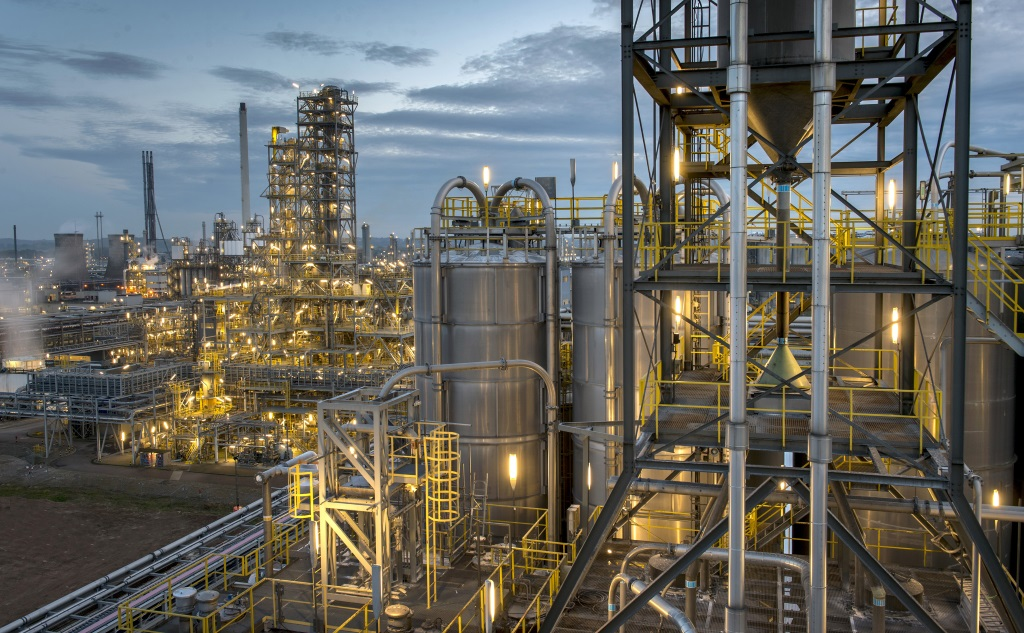
The closures of ExxonMobil Corp.’s steam cracker at Notre Dame de Gravenchon, France, and one of Sabic’s two crackers at Geleen, Netherlands, which were announced separately on April 10-11, are not expected to make big inroads into the huge ethylene and propylene overcapacity in Europe and worldwide, but the two moves are considered significant because they could be the first steps in the long-awaited rationalization of Europe’s olefins industry. Rationalization has been looming since China’s huge petrochemicals capacity overbuild, which started to accelerate in about 2020, collided with the economic disruption and slowdown caused by the COVID-19 pandemic and was exacerbated by Europe’s historically high energy and feedstock costs, made worse in the past two years by Russia’s war in Ukraine.
Naphtha is the main feedstock for steam cracking in Europe and Asia, which puts these regions at a competitive disadvantage relative to regions that use predominantly ethane, such as the Middle East and US.
"The ethylene industry has overbuilt itself," said Tony Potter, global vice president/chemicals at S&P Global, in a recent presentation. "Naphtha cracker margins in Europe and Asia will be below reinvestment levels in 2024 and 2025."
Unlike Asia, Europe lacks strong economic growth, with most European economies on the brink of recession, resulting in weak demand for petrochemicals and polymers.
The ExxonMobil and Sabic closures will result in a combined 955,000 metric tons per year of ethylene capacity being eliminated. According to Michael Liesfeldt, director/olefins and derivatives, Middle East and Africa at S&P Global Commodity Insights, the announced closures account for only 4% of the total available ethylene capacity in Western Europe. France and the Netherlands will see a combined 14% reduction of capacity, which should be enough to move cracker utilization from current "low" rates to the mid-80s in percentage terms, he said.
To move Western Europe up to an average 90% cracker utilization rate, another 1 million metric tons per year (MMt/y) of ethylene capacity would need to exit the market as of 2026, Liesfeldt said.
However, Europe’s capacity crisis should not be viewed in isolation, because China’s buildup, which is on course to continue for the rest of this decade, necessitates a global perspective, said Walt Hart, executive director/olefins, Americas at S&P Global Commodity Insights. "The existing overcapacity problem will be exacerbated by the addition of around 23 million metric tons of new ethylene capacity in mainland China by 2030, which will mainly be comprised of naphtha crackers," Hart said. "Thus, while the capacity rationalization announced in Europe is certainly helpful, Europe cannot solve the global problem. A more rapid return to strong global ethylene margins would require contributions to capacity rationalization from other regions, as well as some new project cancellations."
The outlook for ethylene in Europe is bleak. "World demand for ethylene derivatives is increasing, with Western Europe’s share declining," said Liesfeldt. "The fact is that the already high living standards and low population growth in Europe will limit overall [demand] growth, and recycled materials use will increase over time." Europe’s share of global ethylene derivatives demand dropped from 16.5% in 2010, to 9.9% in 2023, according to S&P Global.
Multinationals such as ExxonMobil and Sabic are "playing the long game, rebalancing global sales and operations planning," Liesfeldt said. ExxonMobil could ship polymer volumes from its larger cost-advantaged facilities in the US to protect market share in Europe, he said. Sabic, meanwhile, can optimize its regional footprint and utilize more cost-effective olefin units such as the company’s 865,000 metric tons per year cracker at Wilton, UK, once the unit restarts after an extensive upgrade to cut CO2 emissions.
Ineos Group Ltd., meanwhile, is building the first new cracker in Europe for 25 years at Antwerp, with capacity for 1.45 MMt/y of ethylene, which will be the largest olefins unit in Europe. The project is currently stalled because of a campaign by environmentalists, but Ineos has not changed the plant’s announced completion date of 2026.
Liesfeldt noted that in the whole of Europe there are 51 crackers in operation. The average naphtha cracker size in the region is 500,000 metric tons per year, he said.
"Many old crackers have a relatively low capacity," Liesfeldt said. "The world scale was different 10-20 years ago." Ethane cracker world scale today is up to 2 MMt/y in the US and Middle East, and naphtha crackers are larger than 1.2 MMt/y, he said.
Apart from older crackers, the ethylene plants that are most likely to close in Europe are "the crackers that are not heavily integrated, small sized and requiring future high reinvestments to meet new standards," Liesfeldt said. These plants "will see ongoing scrutiny, especially with the limited demand growth," he said.
Much of Europe’s olefins industry is in clusters and/or integrated with refineries. "The integrated sites and assets are connected with ‘hardware’ such as pipelines, rail, road, waterways and ‘software’ such as commercial agreements for raw materials and finished products, swaps between partners, shared energy and utility contracts," Liesfeldt said. "This is all aimed at bringing down the total cost of the cluster."
Some crackers in Europe, such as Ineos’ plants at Grangemouth, UK, and Rafnes, Norway, have switched to consuming ethane imported from the US, which has put them at a cost advantage relative to Europe’s many naphtha crackers. Other European crackers can consume liquefied petroleum gas, which makes them more competitive than naphtha crackers. "Imported ethane is the best option," Liesfeldt said. "Naphtha has the highest cost. If you have flexible crackers, you can move to imported ethane or the next best available feed."
This article first appeared in chemweek.com.
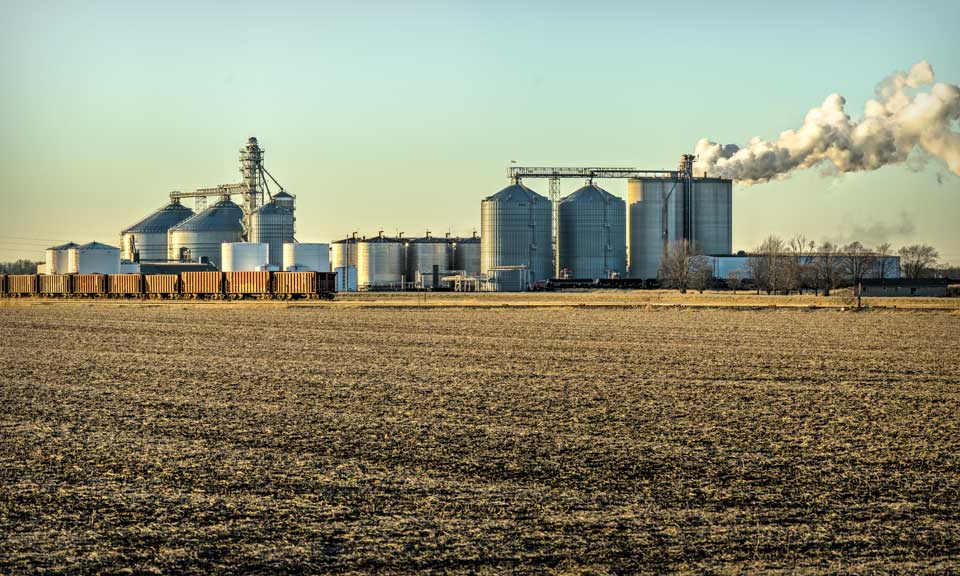
Thought Leadership
The price wall visualizes 258 of the most important price benchmarks assessed by Platts across various commodities from crude through to chemicals, LNG and carbon. The wall shows the price performance of these benchmarks over 2023 based on their indexed value from the first day of trading. Click on the commodity button to isolate different groups of resources to see which performed best in 2023, a year that saw dramatic changes in trade flows and demand because of sanctions and price caps on Russian commodities and a recovering post-COVID global economy. Isolate individual benchmarks by clicking on the tile to reveal a unique QR code to navigate to specific Platts methodology pages and average price data for 2022 and 2023. Click to start exploring
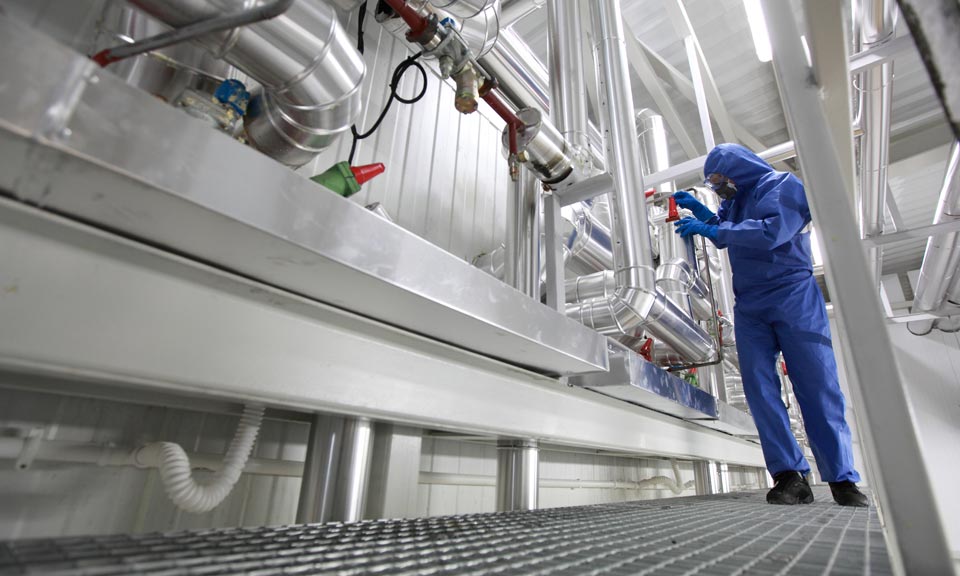
Thought Leadership
Platts Ammonia Price Chart illustrates monthly averages of daily assessments for gray, blue and green ammonia across a range of geographies and delivery options. This month's feature: Asia-Pacific blue ammonia prices extend discount to Europe, US (Latest update 28th February, 2024)
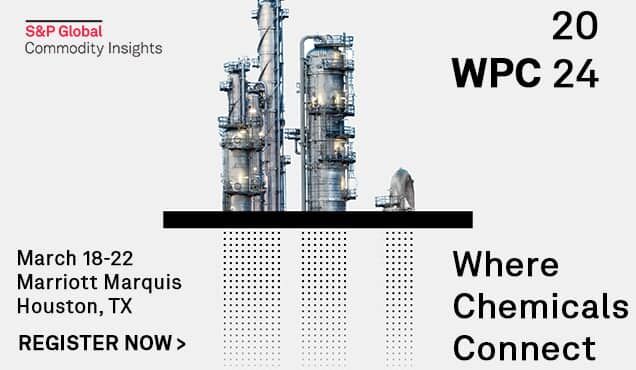
Thought Leadership
Our team of experts are excited for WPC 2024 where they will provide a comprehensive outlook on the economy, energy transition and climate strategies, energy and feedstocks, commodity chemicals, intermediates, specialty chemicals, related customer markets, mobility, and more. Register now Watch the short video series below for a quick overview of a few selected chemicals markets. Polyolefins – Jesse Tijerina, POLYMERS LEAD - AMERICAS Polyesters – Shannan Billings, DIRECTOR OF FIBERS Specialty Chemicals - Adam Bland, RESEARCH & ANALYSIS EXECUTIVE DIRECTOR Benzene – Katie Elliot, AROMATICS LEAD - EMEA Ethylene – Walt Hart, EXECUTIVE DIRECTOR OF AMERICAS OLEFINS & DERIVATIVES Butadiene – Bernd Helbing, DIRECTOR - C4S & ELASTOMERS Propylene – Larry Tan, OLEFINS LEAD - APAC Expanded comprehensive coverage At S&P Global Commodity Insights we cover everything from chemicals feedstocks to chemical building blocks, their derivatives, all the way to performance chemicals. And that's not all. Thanks to our expanded team of industry experts, now we cover even more chemical markets. Our capabilities include : • New price assessments • Long-term supply and demand by country • Short-term supply and demand by country • Price forecasts • Expert insights • Asset information • Suppliers of chemical products • Plant outages • Trade data and trade flows • Costs and margins • Specialty chemicals • Market news • Option of API delivery For more information, head to https://commodityinsights.spglobal.com/chemicals
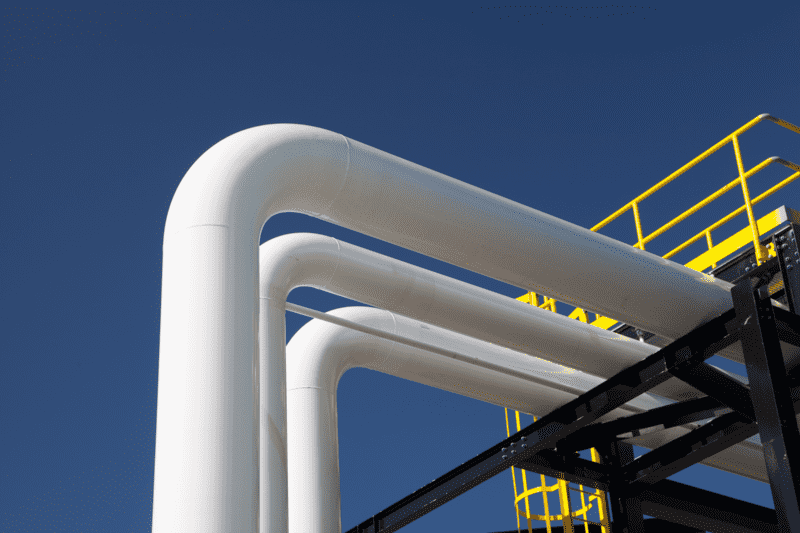
Thought Leadership
Reliance Industries prefers to capture carbon and use it to manufacture other chemicals, deploying its own technology to reduce costs, rather than store in underground depleted wells, PMS Prasad, the company's executive director and member of the board said Feb. 6. Reliance Industries, which has a net zero target set for 2035, is implementing its bespoke plans for energy transition that incudes capturing carbon for utilization, Prasad said at India Energy Week 2024 in Goa which concludes Feb. 9. "We might be different... we are betting on technology," Prasad said in a panel discussion titled 'Bridge not barrier – how responsible oil and gas production can support climate goals'. "Our approach is based on how to reduce overall costs. It is based on end-to-end (links) and manufacturing and it is for internal purposes," he added. Prasad said Reliance's energy transition strategy involved making renewable components from scratch, be it the glass used in solar modules or the carbon composite material in wind turbines and blades or the electrolyzer, with the end goal of greater efficiency. For manufacturing electrolyzers, Reliance is not betting on any one technology such as PEM or Alkaline or AEM or SOEC. It is considering all technologies and working on them with a couple of partners, Prasad said. Similarly, it is developing battery technologies, betting on 2-3 technologies -- some it is developing on its own and some it is working with partners. "I have biogenic CO2 and when I have green hydrogen that's the easiest way to go to green chemicals such as methanol and ammonia," he said. "Capture the carbon and fix it into chemicals, not store It. That's our approach to CCS." Differing view Oil India, on the other hand, is studying carbon capture for use in enhanced oil recovery, or EOR, and storage, chairman Ranjit Rath, who was also in the panel discussion, said. "Both these options are under application -- the CO2 EOR is much lesser in component," Rath said. "From the policy perspective we can inquire what is the value? What are the guidelines? And what are the monitoring mechanisms?" Rath said Oil India collaborated with major emitters such as cement, thermal power and steel plants and would need to study on capturing CO2 -- looking at the prospects of an economic pipeline and transport to the distance where it would be injected. In a November 2022 report, NITI Aayog, a government think-tank chaired by the Prime Minister and advises on a range of economic and policy related issues, envisaged a policy of helping to build clusters with a business model and financial incentives for CCUS to work at a commercial scale, with a potential to reach 750 million mt/year of CO2 capture capacity by 2050. Green manufacturing Reliance's energy transition strategy banked on inhouse use first, whereby the company's own decarbonization would be prioritized. "We use the renewable power not for business, but internally to run our refineries and petrochemical complexes," Prasad said. To do this, Reliance is setting up a 20 GW/year gigafactories to produce solar modules, he said. "Then with solar, wind and storage, combined, we think we have a good chance of greening all our manufacturing," he said. Reliance was one of the winners of the Indian government's three-year subsidy for 450,000 mt/year of renewable hydrogen, tender results from Solar Energy Corp. of India showed in January. Reliance is also one of the winners of the government's electrolyzer subsidy under which it would receive a maximum incentive of Rupees 4.44 billion ($53 million) for a capacity of 300 MW bid by the company. Reliance said in 2021 it will invest $10 billion over three years to develop new fuels business based on 100 GW of renewable power capacity by 2030. The plan involves setting up four giga factories for manufacturing renewables equipment, battery storage, fuel cells and hydrogen at Jamnagar in the state of Gujarat.